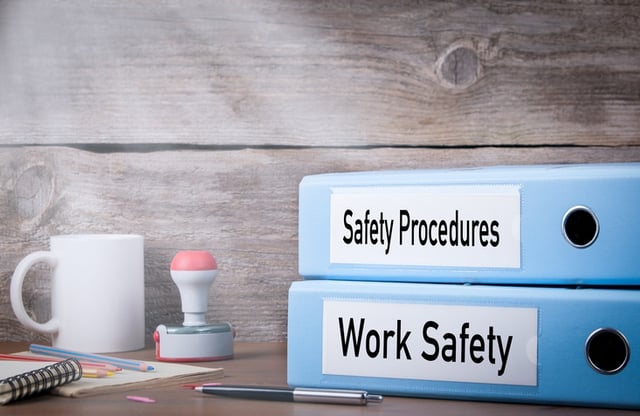Is Your Corporate Safety Program Operational?

Each year, nearly 3 million cases of non-fatal injuries and illnesses are reported in workplaces across the country. Meanwhile, about 4,800 deaths occur due to work-related injuries, according to the Bureau of Labor Statistics. While those numbers may seem high, they are actually on a downward trend as corporations continually adopt better and more effective workplace safety initiatives. These days, advances in technology are helping push these numbers even lower. Of course, safety issues are going to surface every year, in every industry. Even with the most stringent safety protocol and planning efforts, your organization will eventually encounter a problem or experience an incident. The question is this: Is your current corporate safety program operational to keep your company from becoming a statistic?
Assessing Your Plan
Having a fully accessible, up-to-date plan is the key to ensuring that your corporation is prepared for a workplace safety challenge at any given moment. To assess your plan, consider the following questions:
Can employees easily access the plan from any location?
Your safety plan is only helpful for employees if they can quickly and easily access it—at any time and from any location. Plans that are printed out and stored in heavy binders are problematic. Consider how much time would be wasted for an employee to walk across the building or property and physically access the plan. The same goes for employees who are located off site or are working on the road. Having the planning documents in a single centralized place is not practical for today’s modern workforce. Instead, the plan should be available digitally, from any location.
Is the plan accessible during outages?
Could employees access the appropriate information if the power or internet failed? To encourage better accessibility than is possible with hard-copy plans, some organizations upload key documents to their company intranet. However, this creates another big problem: If key systems fail during a safety incident, your stakeholders won’t be able to access the intranet, and the plan will be completely inaccessible.
How is the plan distributed and updated?
Finally, consider your process for distributing and updating the plan. If you use hard-copy plans, distributing enough copies for all stakeholders can become costly and time-consuming. Worse yet, when the plan requires updating, you face the prospect of reprinting part or all of the documentation. In the meantime, employees lack access to the most up-to-date version of the plan, which could slow their response to an incident.
Operationalizing Your Program
If your corporate safety plan is not operational, consider ways to improve its accessibility and functionality.
Today many organizations are digitizing their corporate safety programs using mobile apps, which enable you to provide vital information directly to each employee using his or her smartphone or tablet. An app like In Case of Crisis digitizes key corporate safety documents, including safety guidelines, incident forms, and checklists.
Employees can use the app to instantly report a problem or injury and view how to resolve an incident, which means the information is available from any location and at any time—even if the power or network fails. The app also includes real-time communications capabilities, which makes it easy for stakeholders to keep in touch during an incident. If the plan requires updating, the platform automatically pushes the most up-to-date information to every user’s device.
When each employee is equipped with the most up-to-date, relevant workplace safety information, you see significant changes throughout your organization:
A safer work environment
All stakeholders have anytime/anywhere access to key documents that will help them understand and adhere to safety guidelines, including checklists, procedures, and regulations.
Better prepared employees
During an incident, a mobile app allows employees to quickly and confidently access the information they need to resolve an issue or help someone who is injured. As a result, you’ll see an improvement in response times, compliance, and your overall safety record.
Streamlined incident reporting
When a workplace safety incident occurs, employees can instantly fill out the necessary information using the app. This helps ensure that the details are accurate and that the report is filed in a timely manner, which streamlines your entire OSHA reporting process.
As you can see, simply implementing an innovative new technology could have significant impacts across your corporate safety culture. After all, one of the keys of keeping your people safe is ensuring they have the tools they need to make safety a priority.











